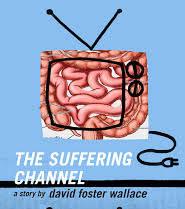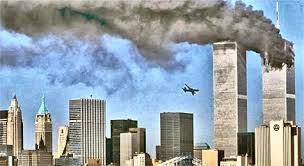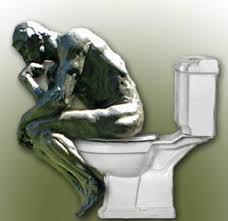“But it’s s**t.”
So begins The Suffering Channel. Its author, David Foster Wallace (who committed suicide in 2008), is an epic American literary figure. I previously reviewed his huge masterwork, Infinite Jest – I found it unreadable and gave up after about 100 pages.
My wife must have remembered that, because for my birthday she (slyly smiling) gave me The David Foster Wallace Reader, another fat doorstop of a book.
I’m glad she did. There’s some amazing stuff here. Forget
Infinite Jest; read this instead.
It includes The Suffering Channel, a novella, whose title refers to a (fictional) TV channel showing exactly that: photos and videos of people suffering, in every conceivable way. Ewww.
But the novella is actually mainly about something else: the tribulations and machinations among staffers at a slick (fictional) magazine, Styles, over how to handle one particular story, about an artist.
It’s set in July, 2001; looking toward the publication’s September 10 issue. Its offices are at New York’s World Trade Center. So there’s a dark cloud hanging over the whole narrative. To which Wallace never explicitly alludes, except once. Near the end, after a lengthy sequence focusing on one young character, he appends the spare words, “She had ten weeks to live.”
The magazine’s culture, and the dynamics among its staffers, are portrayed with an incisive dead-on realism. So far, so serious. (Though there is a weird, quasi-comedic sexual thing going on between the runty chief reporter on the story and the artist’s super-plus-sized wife.)
But all the novella’s seriousness is anchored upon a premise that’s utterly silly. The “artist” works in excrement. Now, admittedly, we’ve had some art contretemps involving excreta –
Serrano’s “Piss Christ,” and
Ofili’s painting incorporating dung – however, Wallace goes one better. His “artist,” Brint Moltke, produces small sculptures replicating iconic images (like the Winged Victory of Samothrace). By “produces” I mean he sits on the toilet and they come out. And Moltke is a non-intellect who probably doesn’t actually know the Winged Victory of Samothrace from Rodin’s
Thinker (just to make the premise all the more preposterous).
Yet Wallace depicts how a slick magazine
would wrestle with all the issues that this subject matter would entail, and the concerns of the people who work there (one of whom speaks the quoted opening line). How will its readers react? How should the story be presented – if at all? And the implications regarding the pecking order and careerist jockeying among the staffers.
Call this “magical realism?” Perhaps Wallace was giving us a send-up of that genre: marrying uber-realistic portrayal with uber-ridiculous magicalism. The result is wickedly delicious.





